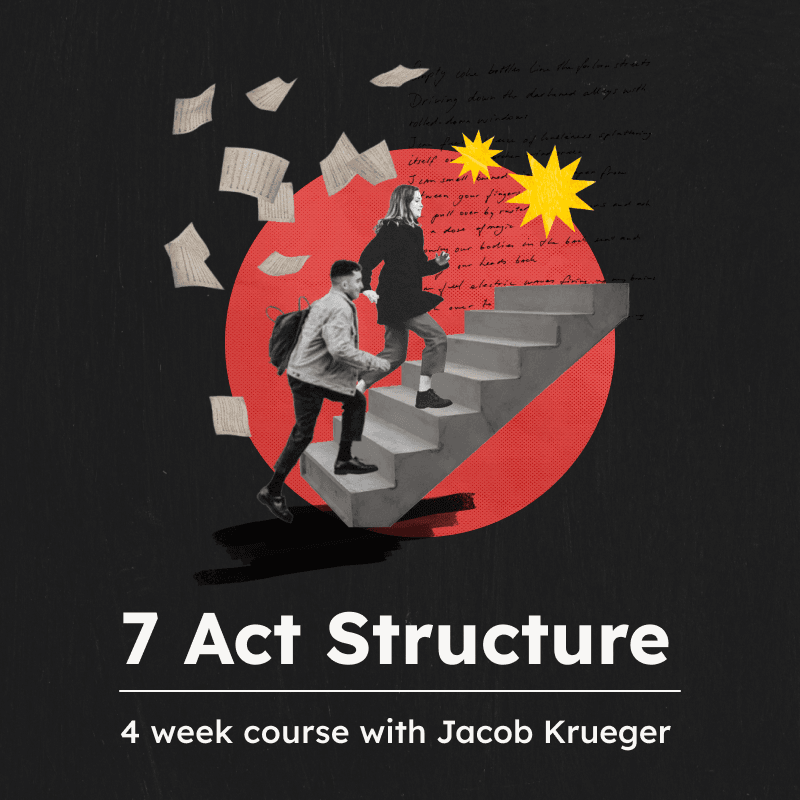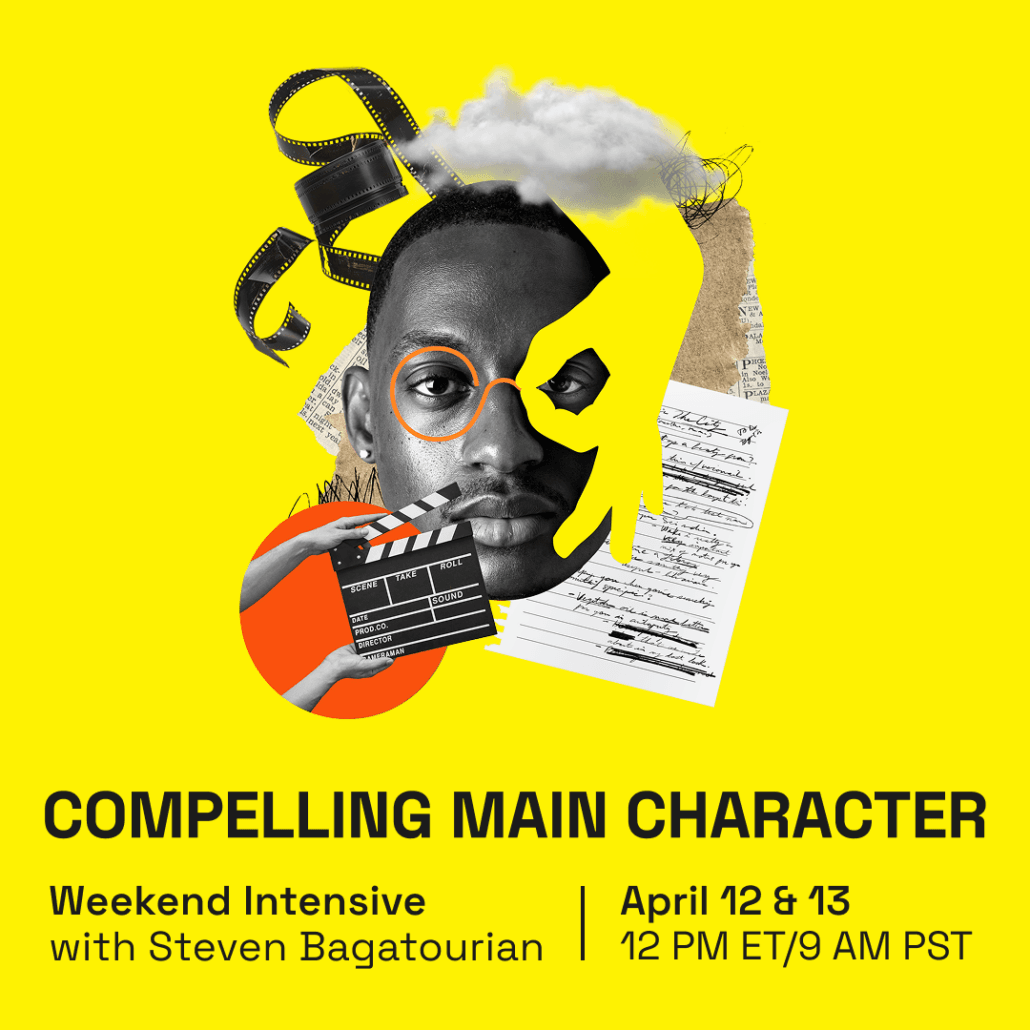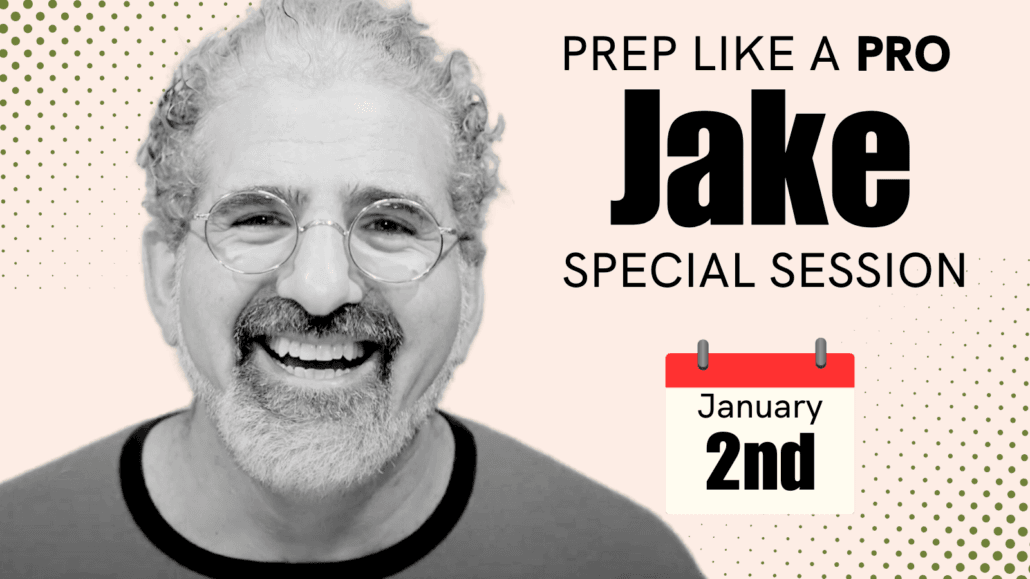In this episode, Jacob Krueger explores how The Brutalist defies conventional screenwriting wisdom by centering its story on a passive protagonist — and why this radical choice serves the film’s deeper themes.
In Part 1, we examined how research, historical accuracy, and expert feedback can shape (or constrain) a screenplay. Now, in Part 2, we dive into character structure and storytelling rules — specifically, why the main character of The Brutalist, Laszlo Toth (Adrien Brody), does not drive the action like a typical hero. Instead, the film subverts the classic hero’s journey by making Laszlo a character that things happen to, rather than a character who takes action.
In this episode listeners will learn:
- Why traditional screenwriting “rules” say passive protagonists don’t work — and why The Brutalist proves otherwise
- How to structure a screenplay around a character who doesn’t actively fight for their goals
- How The Brutalist uses hidden wants and external pressure to maintain dramatic tension
- Why non-traditional protagonists can still drive a story — even if they never stand up for themselves
- How theme dictates character structure — why The Brutalist’s immigrant experience demanded a passive lead
Rather than following the typical arc where a character pursues a goal and overcomes obstacles, The Brutalist reflects the immigrant experience, where survival often depends on complicated external forces — benefactors, family, good will, and luck. Laszlo’s story is one of disempowerment, mirroring how real-world immigrants are often at the mercy of people in power.
In this breakdown, Jacob explains how Brady Corbet uses hidden motivations, subtle structural shifts, and an unexpected climax — where Laszlo’s wife, rather than Laszlo himself, delivers the film’s defining act of defiance — to create a screenplay that challenges everything we think we know about writing strong main characters.
Tune in now to rethink everything you’ve been told about writing protagonists!

Join Jake for free every Thursday night at Thursday Night Writes, RSVP here
and check all of our classes!









